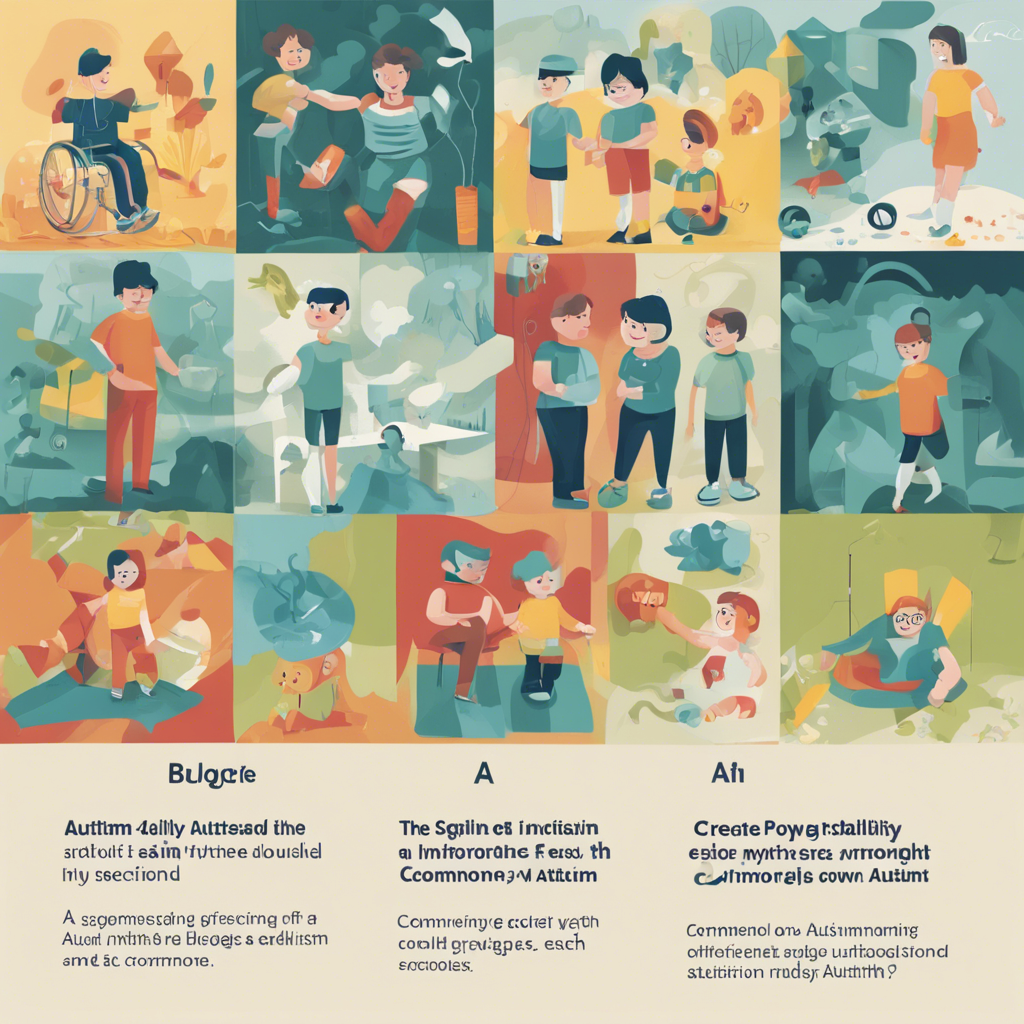Debunking Common Myths About Autism, Cerebral Palsy, and Down Syndrome
Understanding neurological and developmental disorders like Autism, Cerebral Palsy, and Down Syndrome is crucial not only for promoting awareness but also for combating stigma. Unfortunately, misconceptions often overshadow the realities of these conditions. In this article, we’ll break down some of the most prevalent myths and shed light on the truth behind them.
Myth 1: Autism is a Disease
One of the biggest misunderstandings about autism is that it is a disease that can be cured. In reality:
- Autism Spectrum Disorder (ASD) is a neurodevelopmental condition that affects how individuals perceive and interact with the world.
- It is not a disorder that can be ‘cured’ but rather a part of a person’s identity, often leading to unique strengths and challenges.
Myth 2: Cerebral Palsy is Always Severe
Another common misconception is that Cerebral Palsy (CP) leads to severe physical disabilities. In fact:
- CP manifests in various forms and degrees of severity, from mild cases that only require slight accommodations to severe cases needing extensive support.
- Many individuals with CP lead fulfilling and active lives.
Myth 3: Down Syndrome is an Intellectual Disability
Many people incorrectly assume that all individuals with Down Syndrome have significant intellectual disabilities. Here’s the reality:
- Down Syndrome is associated with a range of cognitive abilities. Some individuals may have moderate to mild intellectual disabilities, while others can function at a higher cognitive level.
- With proper support and inclusive education, individuals with Down Syndrome can excel academically and socially.
Myth 4: Individuals with Autism Cannot Communicate
A common stereotype suggests that people with autism are unable to communicate. However:
- Communication varies widely among individuals with autism. Some may be non-verbal, while others have advanced language skills.
- Alternative communication methods, such as sign language or communication devices, can empower non-verbal individuals to express themselves.
Myth 5: Cerebral Palsy is Caused by Bad Parenting
This harmful myth suggests that poor parenting can lead to CP. In reality:
- Cerebral Palsy is primarily caused by brain injury or abnormal brain development, often occurring before or during birth.
- It is essential to support families of children with CP rather than place blame on parenting choices.
Myth 6: Down Syndrome is Caused by Poor Prenatal Care
While prenatal care is crucial for a healthy pregnancy, it does not guarantee the prevention of Down Syndrome. Consider the following:
- Down Syndrome is caused by the presence of an extra chromosome 21, a genetic anomaly that occurs during cell division.
- The condition is not a result of anything the parents did or didn’t do.
The Importance of Accurate Information
Dispelling these myths is vital for fostering a more inclusive society that values and respects individuals with Autism, Cerebral Palsy, and Down Syndrome. By educating ourselves and others, we can:
- Promote empathy and understanding.
- Support advocacy efforts for better resources and services.
- Encourage acceptance within schools, workplaces, and communities.
Conclusion
Myths surrounding Autism, Cerebral Palsy, and Down Syndrome can create barriers and perpetuate stigma. By focusing on factual information and promoting awareness, we can create a world that embraces diversity and supports those with developmental challenges. Remember, knowledge is power, and understanding leads to a more inclusive future.
